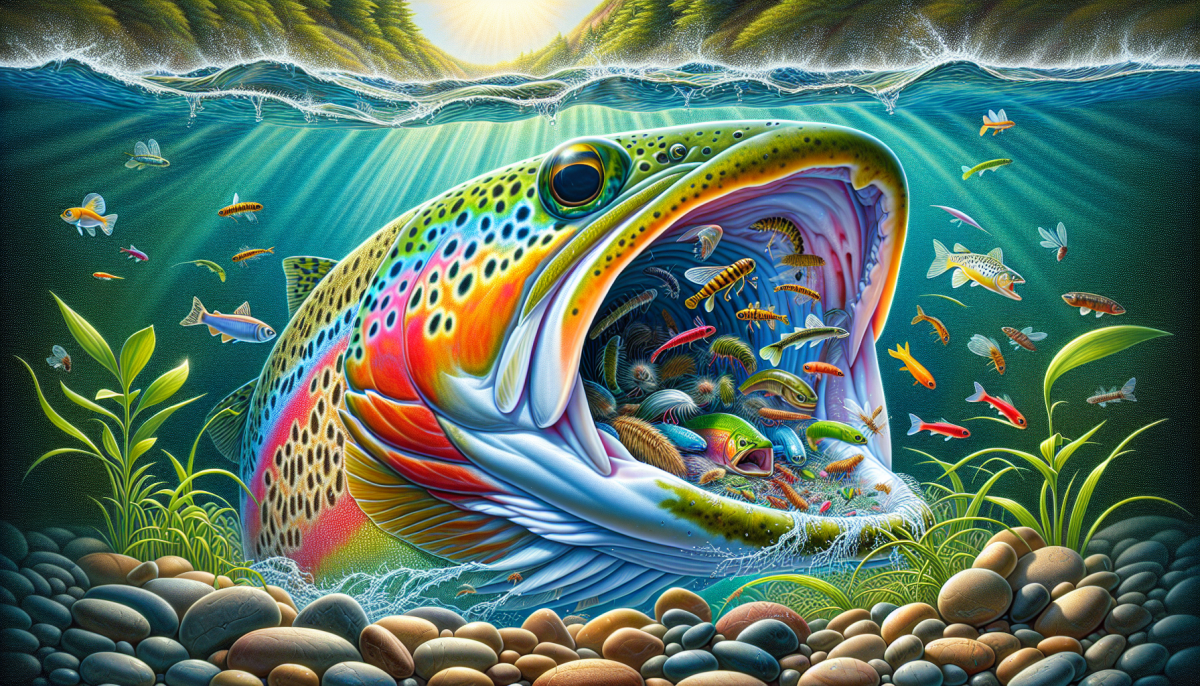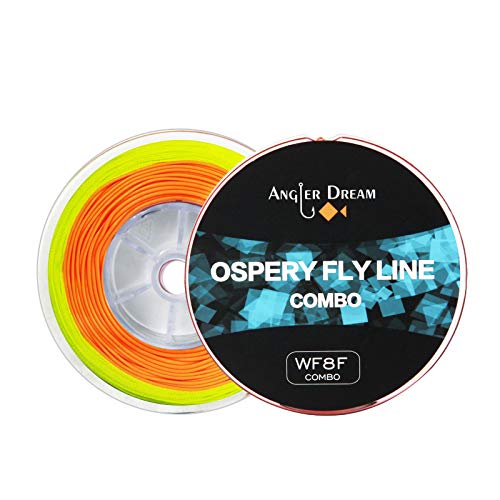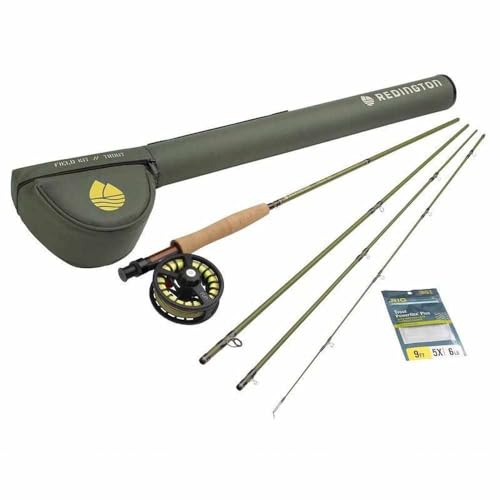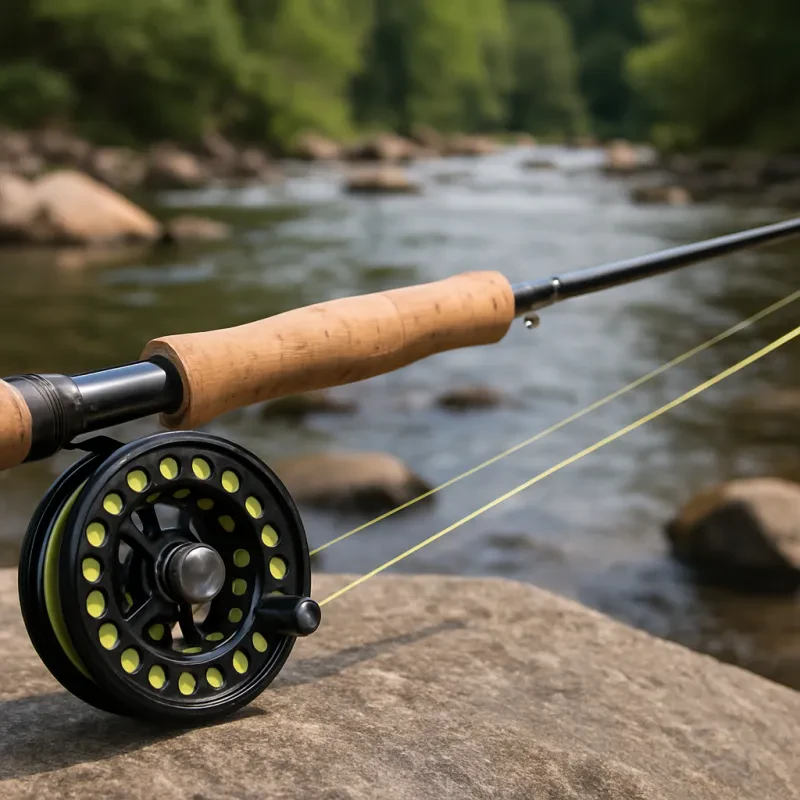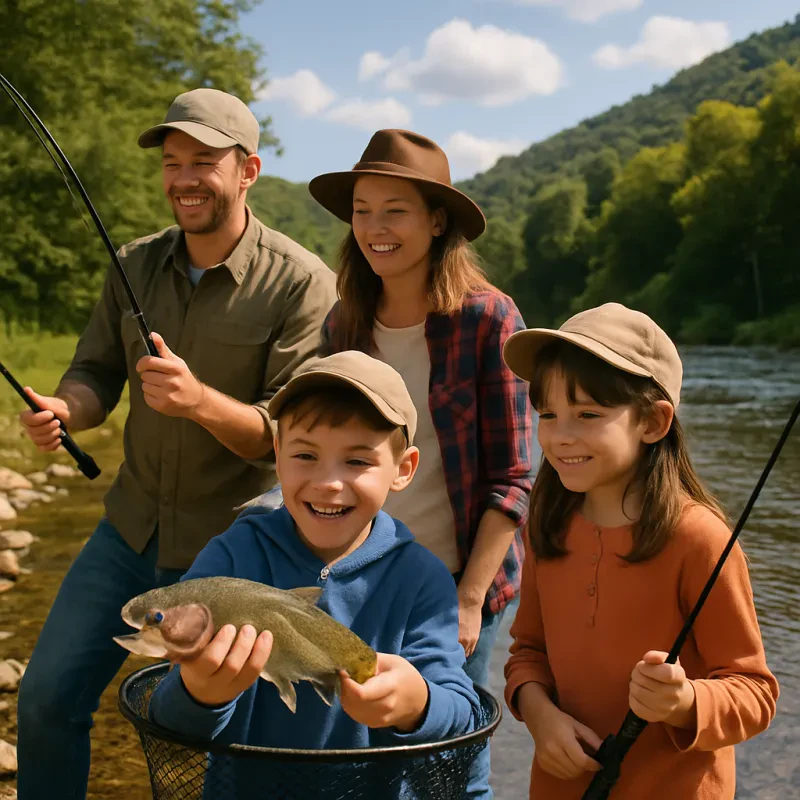Trout Fishing Combo: ANGLER DREAM WF3F Fly Line
Upgrade your trout fishing gear with the versatile ANGLER DREAM WF3F Fly Line
Product information
SGD 32.51 SGD 19.50
Product Review Score
4.57 out of 5 stars
158 reviewsProduct links
Trout are some of the most sought-after fish by anglers around the world, not only for their spirited fight but also for their widespread presence in various freshwater habitats. Understanding what trout like to eat is not just an academic interest but a crucial aspect of successful fishing strategies. This article delves into the dietary preferences of trout, exploring the diverse menu that sustains these elusive freshwater fish.
The Omnivorous Palette of Trout
Trout are opportunistic feeders with an omnivorous diet, meaning they consume a wide variety of food sources. Their diet changes not only with the availability of food in their environment but also with their life stage and the specific species of trout. Generally, trout diets can be categorized into aquatic and terrestrial insects, smaller fish, crustaceans, and plant matter.
Aquatic Insects: The Staple of Trout Diets
Aquatic insects constitute a significant portion of a trout’s diet. Mayflies, caddisflies, and stoneflies are particularly important, especially their larval stages, which are abundant in freshwater ecosystems. These insects undergo various life stages, from larva to pupa to adult, and trout will feed on these at different times of the year, depending on the insect’s life cycle and availability.
Terrestrial Insects: Seasonal Delicacies
Terrestrial insects such as grasshoppers, ants, beetles, and caterpillars become crucial food sources when they accidentally fall into the water. During the warmer months, trout are known to patrol the water's surface and edges to capitalize on these accidental meals. This behavior is particularly prevalent during windy days when more insects are likely to be blown into the water.
Smaller Fish: Protein-Rich Meals
As trout grow larger, their diet shifts to include more substantial prey, including smaller fish. This is especially true for species like the brown trout and lake trout, which can consume fish nearly half their size. Smaller species such as minnows, sculpins, and even other trout can become prey. This high-protein diet supports their rapid growth and energy needs.
Crustaceans and Other Invertebrates: Underwater Bounty
Crustaceans such as crayfish, along with other invertebrates like snails and worms, form a part of the trout’s diet, especially in environments where they are abundant. These creatures are often found on the riverbed or lake bottom, requiring trout to forage among rocks and debris to find them.
Plant Matter: The Vegetarian Side
While less common, plant matter, including algae and small seeds, can also be a part of a trout’s diet, particularly for species like the rainbow trout. This usually happens in environments where traditional food sources are less available, showcasing the adaptability of trout in their quest for sustenance.
The Influence of Habitat on Diet
The specific diet of trout can vary widely based on their habitat. For example, trout in rivers and streams rely heavily on aquatic insects because of the constant flow of water bringing food to them. In contrast, lake-dwelling trout might consume more fish and crustaceans since these prey are more prevalent in such stagnant water bodies.
Seasonal Variations in Feeding
Trout feeding habits also change with the seasons. In spring, the diet heavily features aquatic insects as they become more active and available. Summer brings an increase in terrestrial insects, while fall might see a rise in the consumption of smaller fish as trout bulk up for the winter. During winter, trout’s metabolism slows down, and they feed less aggressively, often focusing on whatever prey is easily available.
The Role of Fly Fishing: Imitating the Trout's Diet
Anglers have long understood the importance of mimicking a trout's natural diet through fly fishing techniques. By using lures that resemble the insects, fish, or other prey trout are feeding on, fishermen can significantly increase their chances of a successful catch. This practice requires a deep understanding of the local ecosystem, the season, and the feeding habits of trout in the area.
Conservation and the Future of Trout Diets
The diet of trout is not just a matter of curiosity but also an indicator of ecosystem health. Changes in water quality, temperature, and habitat can dramatically affect the availability of food sources for trout, which in turn impacts their population and growth. Conservation efforts that protect and restore freshwater habitats are crucial for maintaining the delicate balance that supports the diverse diet of trout.
The diet of trout is a complex interplay of opportunism and adaptation. From aquatic and terrestrial insects to smaller fish and crustaceans, these elusive freshwater fish have a varied palate that reflects the richness of their habitat. Understanding what trout like to eat is more than just an academic pursuit; it's a fundamental aspect of angling and conservation efforts. By protecting the diverse ecosystems that support trout and their diets, we ensure the health and vitality of these magnificent fish for generations of anglers to come.
SGD 507.09
4.56 out of 5 starsRedington Trout Fly Fishing Kit
Everything you need for a successful trout fishing adventure: the Redington Trout Fly Fishing Kit
Product information
Product Review Score
Product links
